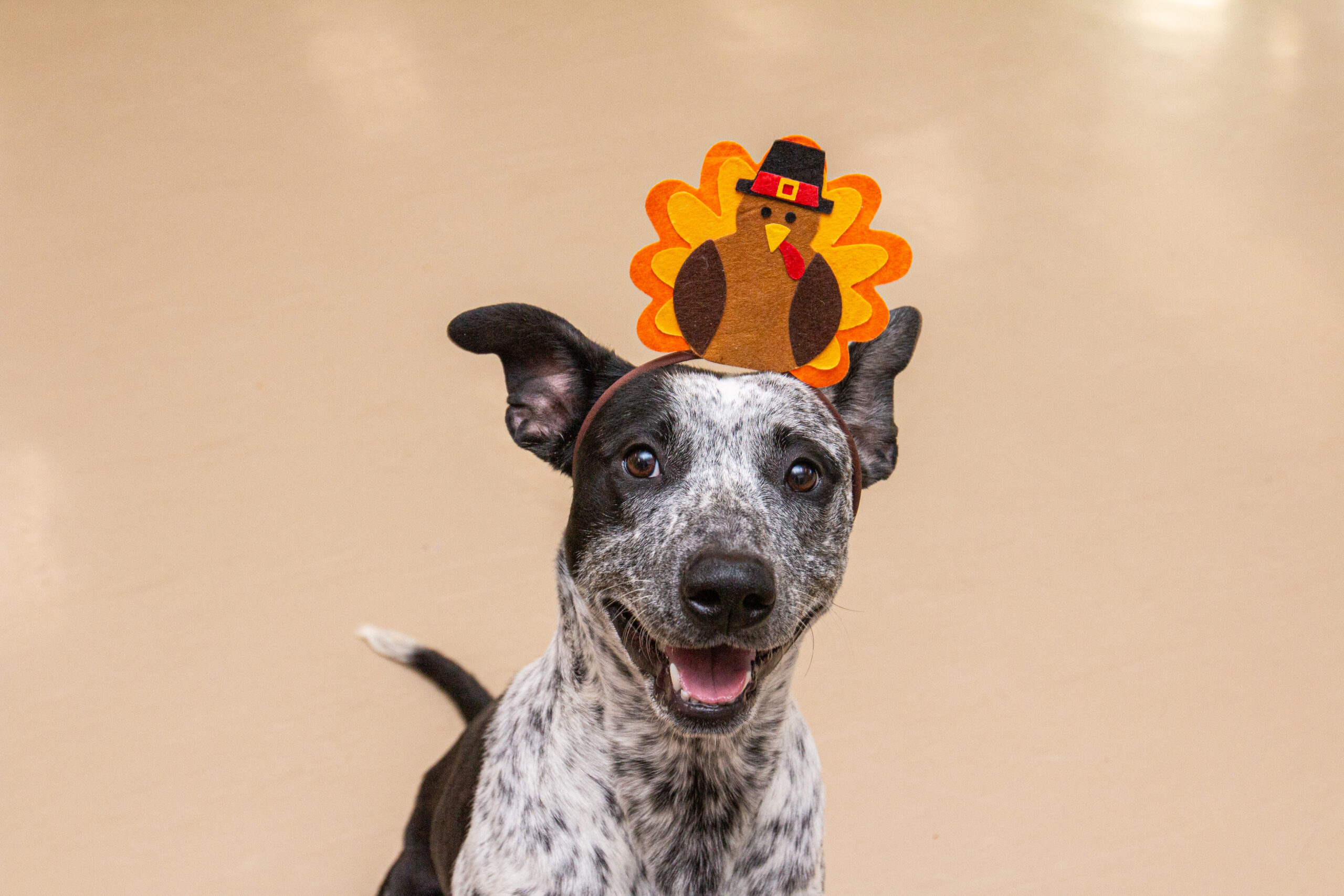After three glorious months of having the undivided attention of their children companions — playing outside, taking long naps, and going on the occasional car ride with mom and dad — your pet has probably noticed by now that things are quite different. Lazy days have been replaced with hectic mornings and long lonely days, which can result in your pet becoming stressed.
Signs of a stressed pet:
- Anxious behavior
- Separation anxiety
- Depression
- Lethargy
- Destructive behavior
- Decrease in eating/drinking
Fortunately, there are a few things you can do to help your pet transition into this time of year.
Practice Separation
Your pet may not be used to being alone for long periods of time, so it’s a good idea to do some trial runs to see how your pet handles being on their own. The first time you leave your pet, go on a small errand — something that should take no longer than 15 minutes. Go through all the motions of grabbing your keys and purse/wallet, head to the door, tell your pet that you’ll be home soon, and leave. Try not to make a huge deal out of your return — even though you’re excited to see your pet — because it will show them that your leaving and returning are no big deal. Repeat this separation exercise extending the time away.
Exercise & Food
To help minimize any household damage your pet may attempt due to boredom and stress, take them for a walk or play with them for a long period of time, then give them a meal. This combination should have them as groggy as humans after Thanksgiving dinner, meaning no energy for destruction!
Provide Entertainment
Being home alone all day can be boring, so another way to help minimize any household damage due to boredom and stress is to provide toys for your pet to play with while you’re away. Kongs filled with peanut butter or treats make great time-crunchers for dogs, and cats enjoy cat trees with interactive elements such as feathers and felt mice. You can also keep their minds active with scavenger hunts using treats, or providing puzzles designed for the activity level of your pet.
Encourage Routine
Getting the entire family involved with the transition will help your pet better adjust to a new schedule. Get the entire family into the same routine at the same time so your pet won’t have to keep readjusting lifestyles. Wake the kids up at the same time, have breakfast at the same time, and leave the house at the same time to help your pet transition to the school schedule easier.
All in all, the back-to-school blues can be tough for everyone, but with patience, practice, and love, everyone can make the transition easily. It is important, however, that you know your pet’s limits. If you and your family plan on being away from home for more than the length of a school or work day, consider hiring a petsitter to check in on your pets to ease their loneliness and make sure they’re okay.



